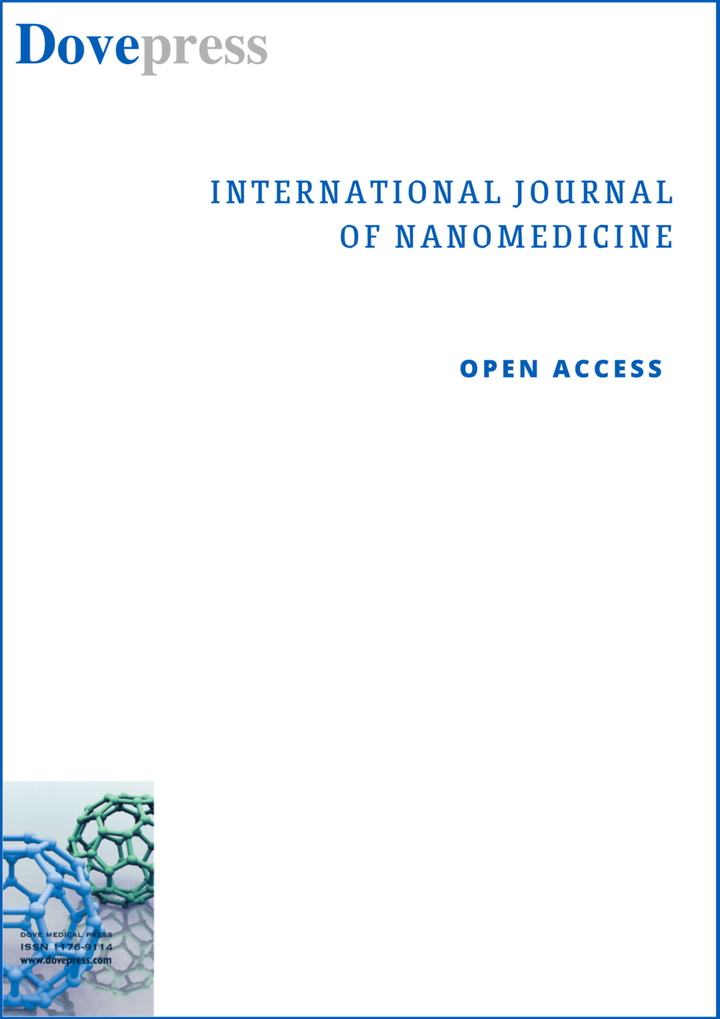Application of the Peroxidase‒like Activity of Nanomaterials for the Detection of Pathogenic Bacteria and Viruses
IF 6.5
2区 医学
Q1 NANOSCIENCE & NANOTECHNOLOGY
引用次数: 0
Abstract
Abstract: Infectious diseases caused by pathogenic bacteria and viruses pose a significant threat to human life and well-being. The prompt identification of these pathogens, characterized by speed, accuracy, and efficiency, not only aids in the timely screening of infected individuals and the prevention of further transmission, but also facilitates the precise diagnosis and treatment of patients. Direct smear microscopy, microbial culture, nucleic acid-based polymerase chain reaction (PCR), and enzyme-linked immunosorbent assay (ELISA) based on microbial surface antigens or human serum antibodies, have made substantial contributions to the prevention and management of infectious diseases. Due to its shorter processing time, simple equipment requirements, and no need for professional and technical personnel, ELISA has inherent advantages over other methods for detecting pathogenic bacteria and viruses. Horseradish peroxidase mediated catalysis of substrate coloration is the key for the detection of target substances in ELISA. However, the variability, high cost, and environmental susceptibility of natural peroxidase greatly limit the application of ELISA in pathogen detection. Compared with natural enzymes, nanomaterials with enzyme-mimicking activity are inexpensive, highly environmentally stable, easy to store and mass producing, etc. Based on their peroxidase-like activities and unique physicochemical properties, nanomaterials can greatly improve the efficiency and ease of use of ELISA-like detection methods for pathogenic bacteria and viruses. This review introduces recent advances in the application of nanomaterials with peroxidase-like activity for the detection of pathogenic bacteria (both gram-negative bacteria and gram-positive bacteria) and viruses (both RNA viruses and DNA viruses). The emphasis is on the detection principle and the evaluation of effectiveness. The limitations and prospects for future translations are also discussed.Keywords: nanomaterial, peroxidase-like activity, bacteria, virus, enzyme-linked immunosorbent assay
应用纳米材料的过氧化物酶样活性检测致病细菌和病毒
摘要:由致病细菌和病毒引起的传染病对人类的生命和健康构成重大威胁。对这些病原体进行快速、准确、高效的鉴定,不仅有助于及时筛查感染者,防止进一步传播,还有利于对患者进行精确诊断和治疗。直接涂片显微镜检查、微生物培养、基于核酸的聚合酶链反应(PCR)以及基于微生物表面抗原或人类血清抗体的酶联免疫吸附试验(ELISA),为传染病的预防和管理做出了重大贡献。由于处理时间短、设备要求简单、无需专业技术人员,酶联免疫吸附试验在检测致病细菌和病毒方面比其他方法具有先天优势。辣根过氧化物酶介导催化底物着色是 ELISA 检测目标物质的关键。然而,天然过氧化物酶的可变性、高成本和环境敏感性极大地限制了 ELISA 在病原体检测中的应用。与天然酶相比,具有酶模拟活性的纳米材料具有价格低廉、环境稳定性高、易于储存和大规模生产等特点。基于其类似过氧化物酶的活性和独特的理化特性,纳米材料可大大提高类似 ELISA 的病原菌和病毒检测方法的效率和易用性。本综述介绍了应用具有过氧化物酶样活性的纳米材料检测致病细菌(包括革兰氏阴性细菌和革兰氏阳性细菌)和病毒(包括 RNA 病毒和 DNA 病毒)的最新进展。重点是检测原理和效果评估。此外,还讨论了其局限性和未来应用前景。关键词:纳米材料、过氧化物酶样活性、细菌、病毒、酶联免疫吸附试验
本文章由计算机程序翻译,如有差异,请以英文原文为准。
求助全文
约1分钟内获得全文
求助全文
来源期刊

International Journal of Nanomedicine
NANOSCIENCE & NANOTECHNOLOGY-PHARMACOLOGY & PHARMACY
CiteScore
14.40
自引率
3.80%
发文量
511
审稿时长
1.4 months
期刊介绍:
The International Journal of Nanomedicine is a globally recognized journal that focuses on the applications of nanotechnology in the biomedical field. It is a peer-reviewed and open-access publication that covers diverse aspects of this rapidly evolving research area.
With its strong emphasis on the clinical potential of nanoparticles in disease diagnostics, prevention, and treatment, the journal aims to showcase cutting-edge research and development in the field.
Starting from now, the International Journal of Nanomedicine will not accept meta-analyses for publication.
 求助内容:
求助内容: 应助结果提醒方式:
应助结果提醒方式:


